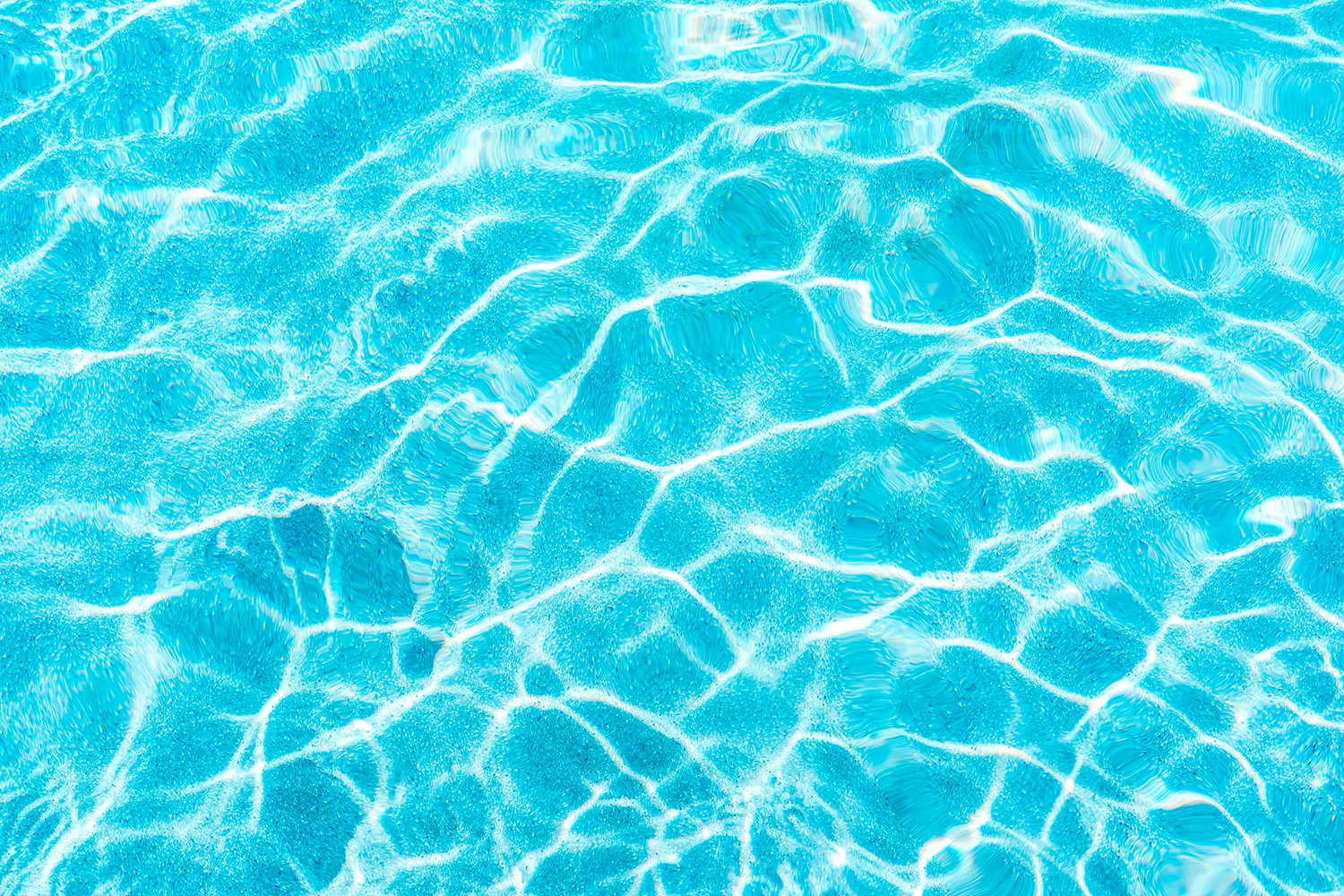Nothing ruins a beautiful summer day like lifting your pool cover to find cloudy, green, or slimy water. Algae can take over your pool quickly, especially in Vermont where sudden weather shifts and short swim seasons can lead to inconsistent pool care. Fortunately, with the right steps, you can get rid of algae fast—and keep it from coming back.
At Avalon Pools and Spas in Milton, we help local pool owners with everything from seasonal cleanups to full-scale pool algae treatment. Here’s what you need to know to beat algae fast and enjoy crystal-clear water all season long.
What Causes Algae in Vermont Pools?
Algae growth in pools typically happens due to:
- Poor circulation or filtration
- Imbalanced water chemistry
- Warm temperatures combined with sunlight
- Lack of sanitizer (like chlorine)
- Contamination from swimwear, toys, or rainwater
Even a short lapse in pool maintenance can lead to a full-blown algae bloom. Knowing the type of algae in your pool helps determine the best treatment method.
Types of Pool Algae and How to Treat Them
1. Green Algae
The most common type of pool algae, green algae makes the water look cloudy or swampy.
Treatment:
- Brush pool walls and floor to break up algae
- Use a high-dose pool shock for algae
- Run the filter continuously for at least 24 hours
- Vacuum to waste and monitor chlorine levels
Search term tip: If you’re looking up how to get rid of green pool water, this is likely your culprit.
2. Yellow Algae (Mustard Algae)
This type appears as yellow or brown patches, often sticking to pool walls or shaded areas.
Treatment:
- Use an algaecide designed for mustard algae
- Shock the pool (2–3 times the standard dose)
- Clean pool accessories, toys, and swimwear to avoid re-contamination
- Brush and vacuum thoroughly
Yellow algae can be stubborn, so staying on top of your sanitizer levels is critical for prevention.
3. Black Algae
Black algae forms dark, tough spots, often in hard-to-clean crevices. It has deep roots that make it difficult to treat.
Treatment:
- Use a stiff brush to break the protective layer
- Apply a concentrated black algae treatment
- Shock the pool heavily
- Scrub again and monitor chlorine daily
Because black algae anchors into pool surfaces, treatment can take multiple rounds. For serious cases, professional help may be the best option.
Using Pool Shock for Algae Treatment
Pool shock is one of the most powerful weapons in your algae-fighting arsenal. It quickly raises chlorine levels to kill algae, bacteria, and organic matter.
Tips for Effective Shocking:
- Always shock after sundown to prevent UV degradation
- Use calcium hypochlorite or a chlorine-free shock depending on your pool type
- Run your pump and filter continuously for 24–48 hours after treatment
- Avoid swimming until chlorine levels return to safe levels (1–3 ppm)
At Avalon Pools and Spas, we carry professional-grade pool shock for algae and can advise you on proper dosage for your specific pool size and condition.
How to Prevent Algae from Returning
The best pool algae treatment is prevention. Follow these steps to keep your water clear and algae-free:
- Maintain chlorine levels between 1–3 ppm
- Run your filter at least 8–12 hours per day during the season
- Test water chemistry weekly (or more often during hot spells)
- Brush pool surfaces regularly
- Clean filters as needed and backwash when pressure is high
- Store pool toys and accessories in clean, dry areas
Consider using a weekly preventative algaecide, especially during periods of high heat or frequent rain.
Need Help with Algae Problems? Call Avalon Pools and Spas
If you’re struggling with pool algae and want it gone fast, the team at Avalon Pools and Spas in Milton, VT is here to help. We offer expert advice, professional-grade products, and reliable pool services tailored for Vermont’s unique climate and pool care needs.
Whether you’re fighting your first green water outbreak or dealing with persistent black algae, our staff can walk you through the best pool algae treatment options and get your pool swim-ready in no time.



